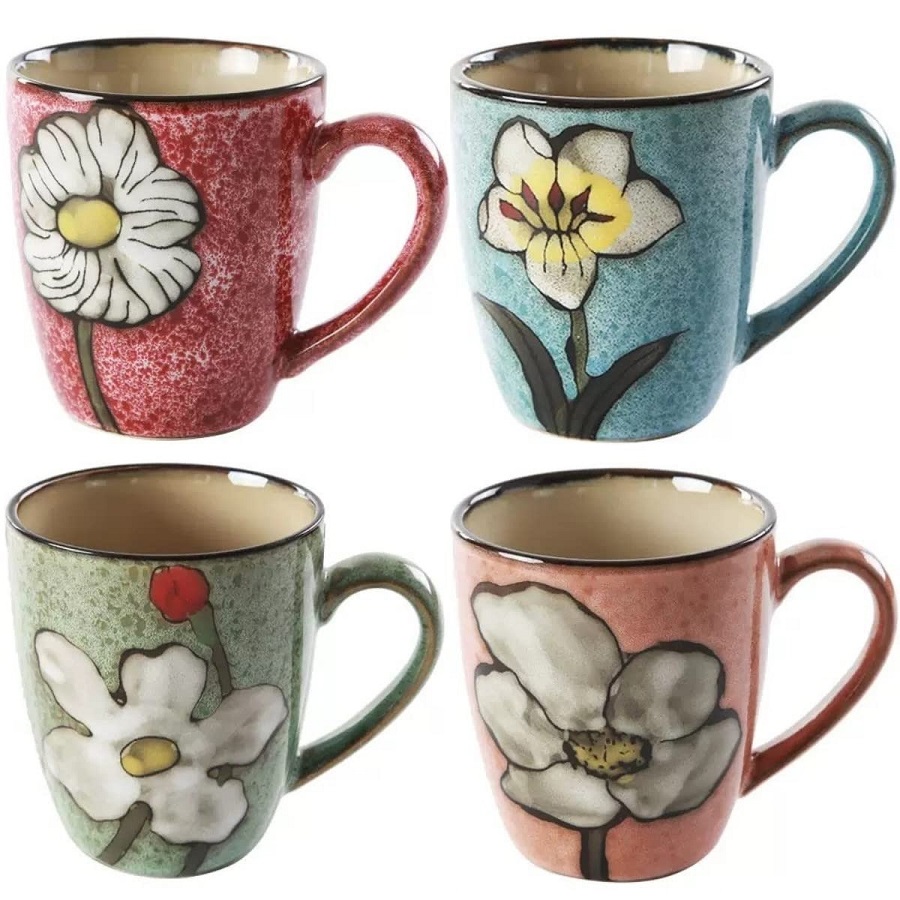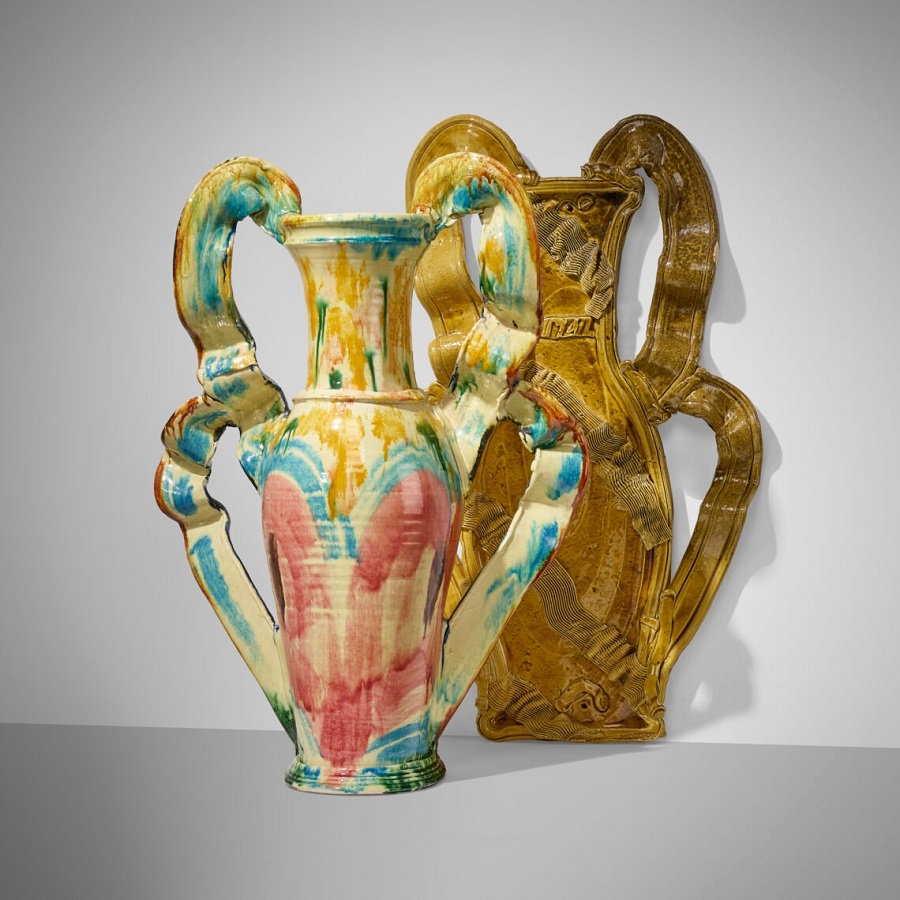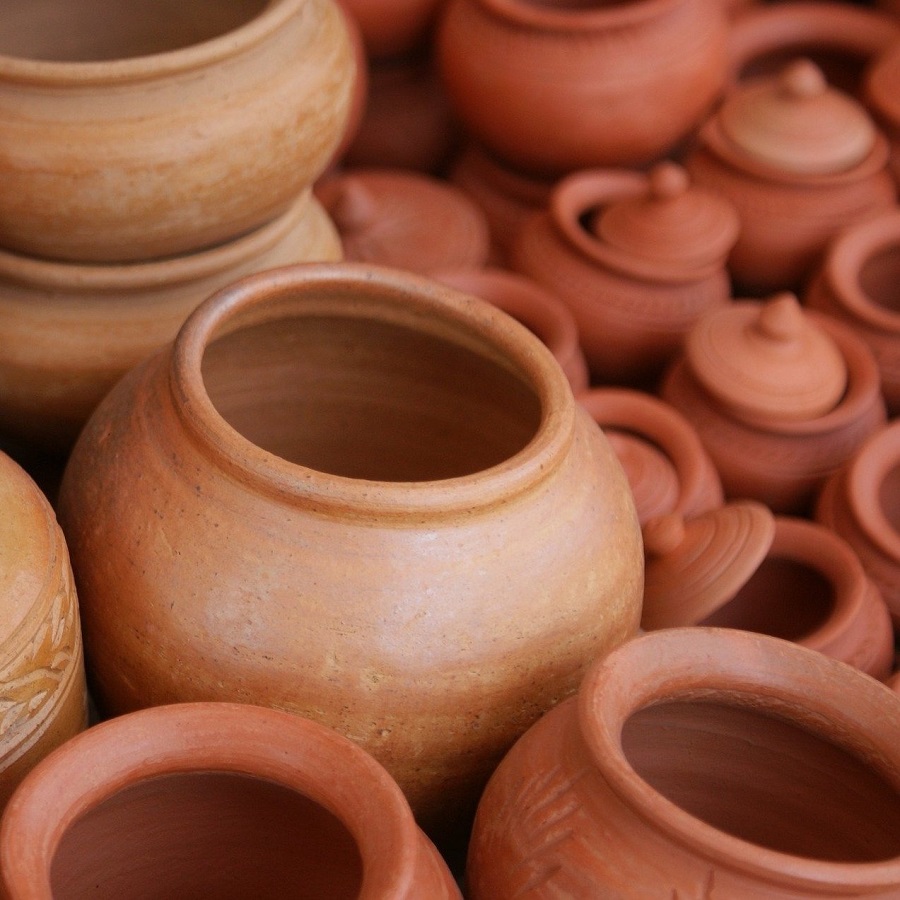What Is a Kiln and How Does It Work?
A kiln is a furnace or oven for burning, baking, or drying. It is mainly used for the hardening, burning, or drying of materials. In the context of ceramics, a kiln is a specialized oven designed to achieve the high temperatures necessary to harden ceramic objects. The kiln works by increasing the temperature inside its chamber to a specific level. This heat treatment process, known as firing, causes physical and chemical changes in the clay-based materials, solidifying them into durable ceramic pieces.
The firing cycle involves several key stages. First, the kiln slowly heats up to evaporate any water remaining in the clay. Next, temperature is increased to transform the clay into a bisque state, which is still porous but hard. Finally, temperatures soar to their peak to vitrify the clay body and, if present, melt glaze on the surface of the workpiece. Kilns in ceramics are diverse in fuel sources and design, each offering unique benefits and suited for various types of ceramic projects.
Temperature control is a critical aspect of a kiln’s operation. Controllers, thermocouples, and pyrometers work together to maintain a consistent interior atmosphere. They ensure the kiln does not overheat, which could damage the ceramics, or underheat, which may leave them under-fired. The heat within a kiln is distributed differently based on the kiln’s design and the heating elements it uses, which impacts the overall firing process and the quality of the finished ceramic product.

Types of Kilns Used in Ceramic Craft
In ceramic crafting, the type of kiln you use can significantly impact the outcome of your projects. Each kiln variety excels in different capacities, depending on your firing needs and the specific aesthetic you aim to achieve. Here, we discuss the most common types found in the ceramics world.
Electric Kilns
Electric kilns are popular for their convenience and ease of use. They run on electricity and allow for precise temperature control, making them ideal for beginners and pros alike. You simply set the temperature, and the kiln will heat up accordingly. These kilns are also known for their clean and consistent firing, which is essential for producing uniform ceramic pieces.
Gas Kilns
Gas kilns use either natural gas or propane as fuel. They’re known for creating a unique ‘reduction’ atmosphere, which can yield distinct finishes on the ceramics. Unlike electric kilns, gas kilns require manual temperature monitoring and adjustments, which can be a bit of a learning curve for new users but allows for greater control over the firing effects.
Wood-Fired Kilns
For a more traditional approach, wood-fired kilns offer a hands-on experience. They use wood as the fuel source and often result in pieces with a natural, earthy appearance. Operating a wood-fired kiln takes practice, as the temperature is controlled by the wood’s burning rate. They are favored for the warm tones and ash glazes that can be achieved.
Raku Kilns
Raku kilns are designed for a specific firing process called ‘Raku’, a Japanese technique that involves removing pottery from the kiln while it’s red-hot. It gives a distinct crackle finish and metallic effect to the pieces. Raku kilns are typically small and portable, ideal for outdoor firing and quick temperature changes that contribute to the unique Raku effects.
Choosing the right kiln involves considering the desired firing process, the finishes you wish to achieve, and the practical aspects like space, fuel source, and usability. Whether you’re a hobbyist or a professional artist, understanding the characteristics of each kiln type is key to successful ceramic crafting.
The Importance of Temperature Control in Ceramic Kilns
Temperature control is crucial in the world of ceramic art. The crafting of durable and aesthetically pleasing ceramics hinges upon precise heat management during the firing process inside kilns. The core reasons for the importance of temperature control are numerous.
Firstly, achieving and maintaining the right temperature ensures the clay undergoes proper chemical transformations. This is essential for the clay to mature into a fully vitrified, sturdy ceramic. If the temperature is too low, the ceramic may remain porous and weak. Conversely, too high a temperature can lead to the piece warping or melting.
Secondly, temperature influences the appearance of glazes. Different temperatures can bring out vivid colors or create unique effects such as crackling or crazing. Thus, artists often rely on specific temperature profiles to develop their desired glaze finishes.
Lastly, uniform temperature distribution prevents defects. Hot spots can cause uneven firing, while cool spots might leave areas underdeveloped. This could result in an unbalanced piece prone to breaking or cracking.
In essence, for ceramicists, managing kiln temperature is as crucial as the clay and glazes they choose. By controlling the heat, artists can express their creative visions and ensure their ceramic pieces stand the test of time.

The Firing Process: From Greenware to Glazeware
The transformation of clay into ceramics is a voyage from malleable ‘greenware’ to solid ‘glazeware’. The firing process is a critical step, key to the quality and durability of the final piece. Here are the stages that clay undergoes during this process:
1. Greenware Stage: After shaping, the clay object is left to air dry. At this point, it is called ‘greenware’, which is fragile and needs to be handled with care.
2. Bisque Firing: Greenware is first subject to bisque firing. This process hardens the clay, making it less fragile and ready for glazing.
3. Glazing: Once bisque-fired, a glaze may be applied. Glaze is a liquid glass coating that adds color and finish to the piece.
4. Glaze Firing: The glazed piece is then fired again. During this stage, the glaze melts and fuses to the clay, creating a glass-like surface.
5. Cooling: After reaching peak temperature, the kiln is slowly cooled down. Proper cooling is essential to prevent cracks.
6. Final Product: The result is ‘glazeware’ – a finished, durable piece with a strong, shiny surface. It can now be used and appreciated for its beauty.
By controlling the temperature and timing at each stage, ceramicists can tailor the firing process to produce the desired result. From the initial drying to the final cooling, each step requires careful consideration to ensure the ultimate transition from greenware to glazeware is successful.
Selecting the Right Kiln for Your Ceramic Projects
Selecting a kiln is a crucial step in ceramic crafting. The right kiln can enhance your project’s quality and ease your workflow. To choose a kiln that meets your needs, consider the following factors:
- Type of Ceramics: Reflect on what you plan to make. Electric kilns suit detailed work due to their precise temperature control. Gas and wood-fired kilns are ideal for larger pieces with organic finishes.
- Space: Ensure you have enough space for the kiln. Electric kilns may fit in smaller studios, while wood-fired kilns need more room and outdoor setups.
- Budget: Kilns vary in price. Electric kilns are usually less expensive to buy and maintain, while wood-fired kilns have higher initial costs.
- Experience Level: Consider your comfort with temperature control. Electric kilns are more user-friendly for beginners, while gas or wood-fired kilns require more skill to operate.
When you pick a kiln, think about the long-term. A kiln is an investment that should serve you for many projects. Quality, warranty, and customer support from the manufacturer are also important. Take your time, research the kiln definition in ceramics, and choose a kiln that aligns with your artistic goals and practical requirements.
Maintaining and Troubleshooting Your Ceramic Kiln
Maintaining your kiln is key to its longevity and your ceramic works’ success. Regular checks and upkeep prevent common problems and ensure consistent results. Let’s explore some maintenance tips and troubleshooting strategies for your ceramic kiln.
Routine Cleaning: Wipe down the kiln regularly to remove dust and debris. Check for glaze drips after each firing and remove them.
Element Inspection: Over time, the heating elements can wear out. Look for signs of damage or distortion and replace them as needed.
Lid and Seal Checks: Inspect the lid or door seal for cracks or gaps. A tight seal is critical for maintaining the correct firing atmosphere.
Venting System: Ensure the venting system is clear. It removes fumes and assists in temperature regulation.
Software Updates: If your kiln has a digital controller, keep the software updated for accurate temperature control.
When issues arise, prompt troubleshooting can save time and prevent damage. Common problems include temperature inaccuracies, unexpected shutoffs, or uneven firing. Verify the thermocouple function, check for loose connections, and ensure proper kiln load distribution to address these issues. If troubleshooting does not fix the problem, contact the kiln manufacturer or a professional technician for assistance.
Proper maintenance and being equipped to handle issues when they arise are foundations of successful ceramics crafting. Taking care of your kiln is an investment in the quality and beauty of your ceramic projects.

Innovations and Future Trends in Ceramic Firing Technology
As we look ahead, the world of ceramic firing technology is evolving. We see several innovations that aim to improve the efficiency, control, and outcomes of the firing process.
One significant advancement is in the area of energy efficiency. New kiln designs focus on reducing energy consumption. These eco-friendly kilns not only save on utility bills but also reduce the carbon footprint of ceramic production.
Digital control systems are another frontier. More advanced controllers with touchscreens make temperature monitoring more precise and user-friendly. They let artists program complex firing cycles with ease.
The development of materials that can withstand higher temperatures is also underway. This improvement extends the life of kilns and reduces maintenance needs.
Additionally, there’s a trend toward smart kilns that can connect to Wi-Fi. These kilns send real-time firing data to a phone or computer. This allows for remote monitoring and adjustments, giving ceramic artists more freedom.
In the future, we might see even more automation in the firing process. Kilns could have self-diagnosing features to detect and address issues without user intervention.
Some artists are also experimenting with alternative fuels, like biodiesel and solar power. These green options could become more mainstream as technology advances and becomes more accessible.
With these innovations, the kiln definition in ceramics continues to expand. The future of ceramic firing technology is all about creating smarter, greener, and more efficient means to turn clay into art.